Previously, I shared many articles about crucial aspects of creating a great artwork such as composition, mastering art elements, principles of art, and more. This article ladies and gentlemen will be all about painting depth and creating distance as a beginner as well as some tips for painting depth like an art master.
What are depth and distance in art and why do they matter so much?
Painting depth refers to the ability of an artist to create the illusion of distance, dimension, and perspective in a painting, making it appear as though the objects in the painting have depth and are not just flat shapes on a canvas. Painting depth and creating distance in other words means creating a painting where the background, middle ground and foreground are visible and easy to distinguish.
Techniques such as perspective, color, value, texture, and overlapping objects are commonly used by artists to create the illusion of depth in their paintings. If you are able to paint depth correctly, you can greatly enhance the realism and visual appeal of a painting, making it more engaging and interesting for your viewers.
Depth is an essential aspect of any artwork, and it is particularly crucial in painting. The ability to create a sense of depth and dimension on a two-dimensional surface is what distinguishes great painters from good ones. So let’s discuss some of the techniques that you can use to create depth in your paintings.
Techniques to paint depth and create distance in your artworks
Firstly, to create depth in a painting, you will need to make good use of perspective. There are several types of perspectives, including one-point, two-point, and three-point perspectives. One-point perspective involves drawing objects as they would appear in a single vanishing point on the horizon line, while two-point perspective involves two vanishing points, and three-point perspective involves three.
A second technique for creating depth in a painting is through the use of color. Warm colors, such as red, orange, and yellow, tend to appear closer to the viewer, while cool colors, such as blue, green, and purple, tend to recede into the background. By using warmer colors in the foreground and cooler colors in the background, an artist can create the illusion of depth.
Value is another critical element in creating depth in a painting. Value refers to the lightness or darkness of a color, and by using contrasting values, an artist can create a sense of depth. Objects in the foreground will have more contrast and appear lighter, while objects in the background will have less contrast and appear darker.
One of my favorite techniques in painting depth and creating distance is texture. By adding texture to objects in the foreground, they can appear closer to the viewer. Conversely, by adding less texture to objects in the background, they can appear further away.
Finally, the use of overlapping objects can also help you in painting depth and creating distance in your paintings as a beginner. By placing objects in front of each other, an artist can create the illusion of depth and dimension.
Note that
If you are reversing these techniques, your sense of depth will come out very confusing. (You shouldn't add texture to your background because it will bring it forward and therefore, your painting will lose its sense of distance).
Some additional tips to help you paint depth and create distance in your artwork
- Start with a sketch: Before you start painting, it’s always a good idea to make a rough sketch of your composition. This will help you plan out the placement of objects and determine the areas that require more depth.
I recently came across this sketch by the amazing artist Rembrandt, and let me tell you, I’ve been taking notes.
- Use layering: Layering is a simple technique that can add depth to your artwork. Start with a base color and then gradually build up the colors and values to create the illusion of depth.
In conclusion, painting depth is a crucial aspect of any artwork, and by choosing the right technique for your painted subject and following these easy tips, you can add depth to your paintings and make them more engaging and visually interesting. Remember, practice makes perfect, so don’t be afraid to experiment and try different techniques until you find what works best for you!
Enjoy creating <3

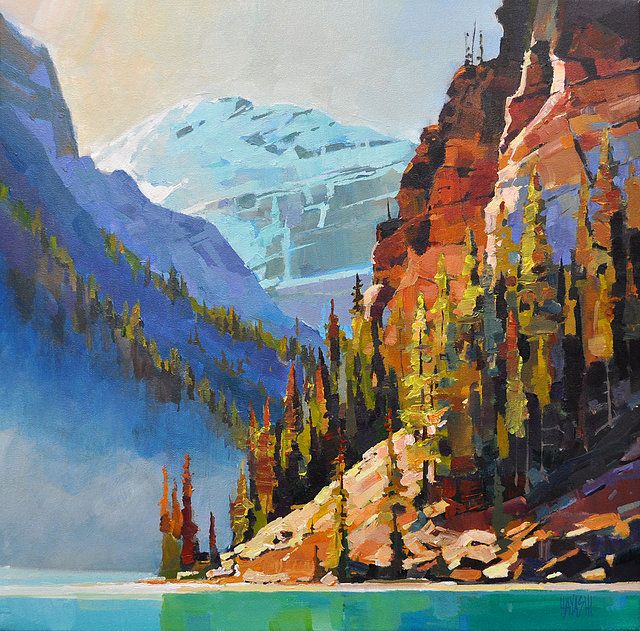
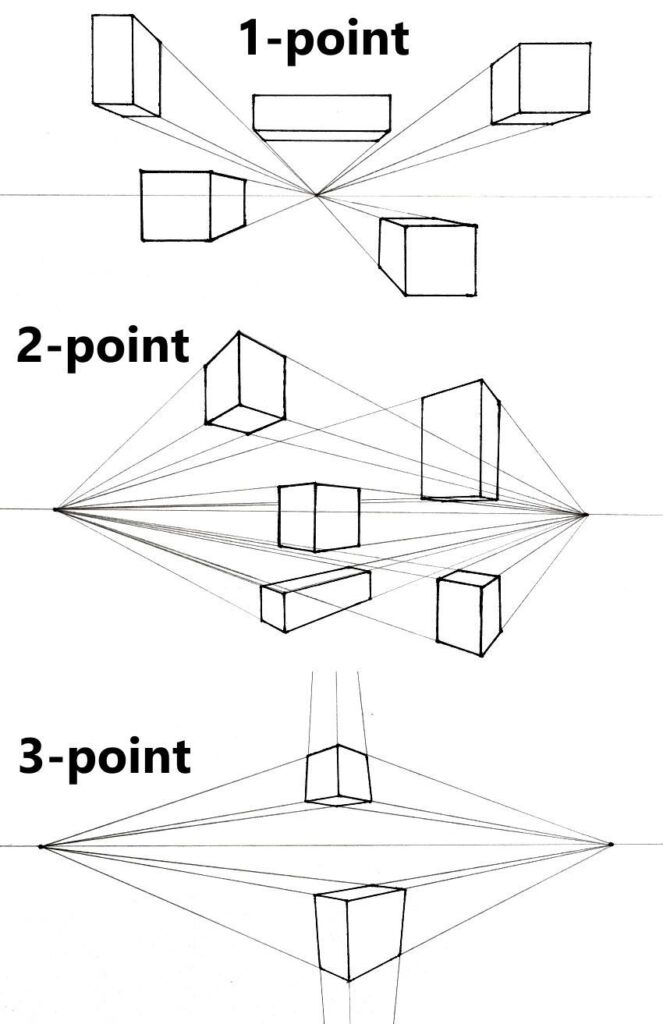
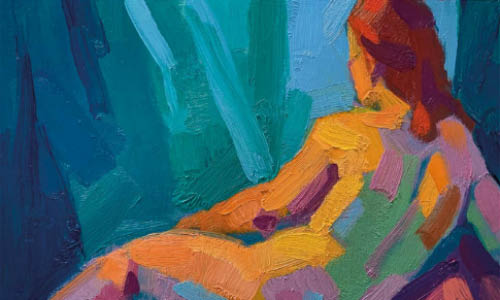

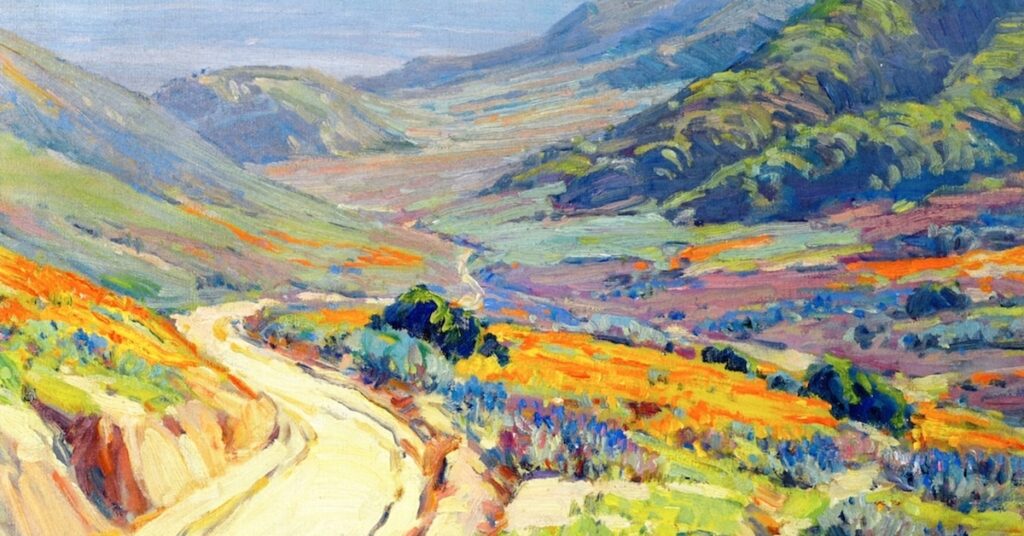
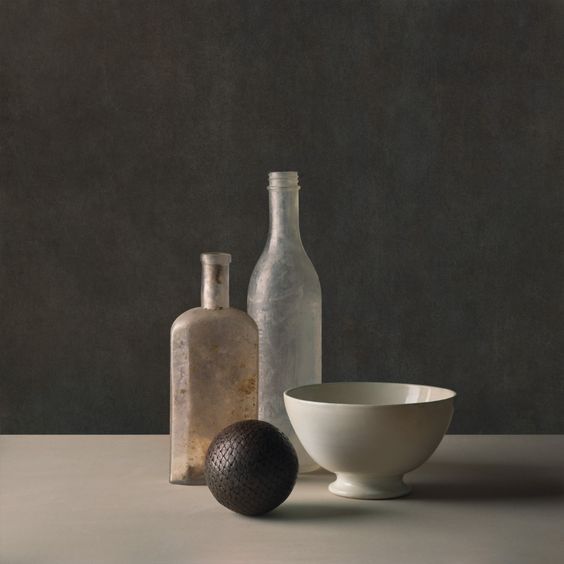
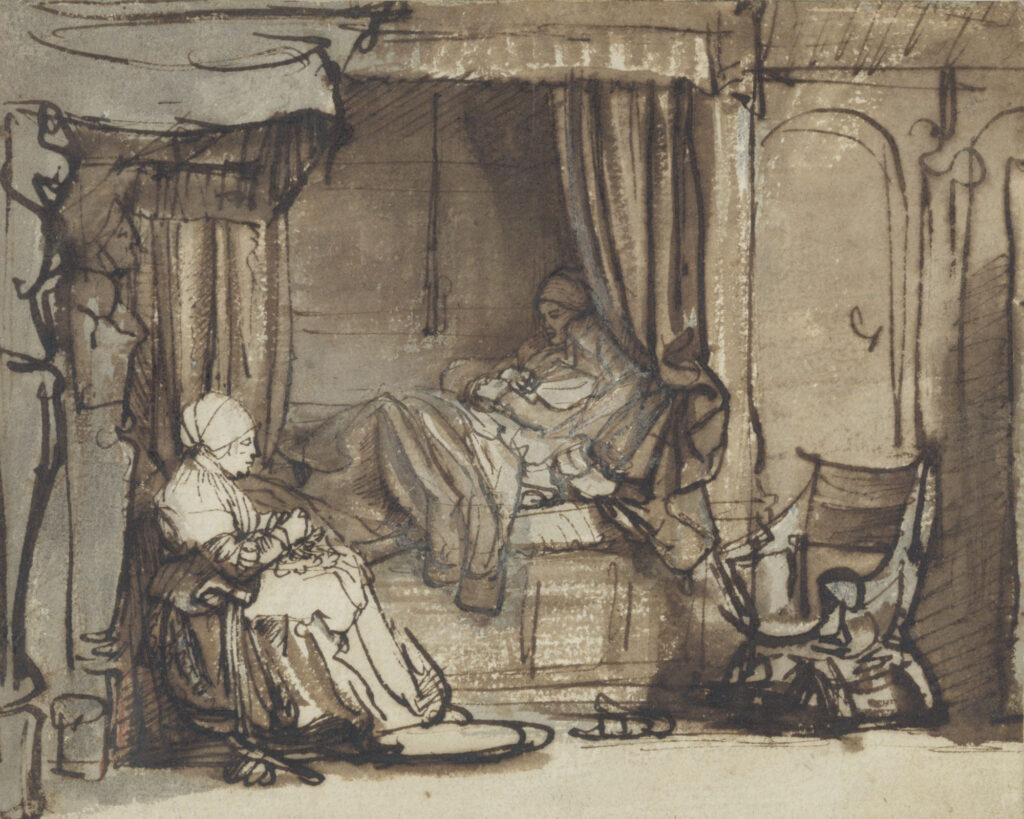
2 Comments